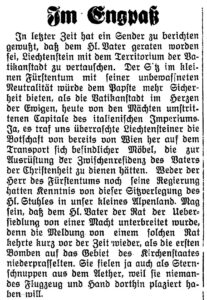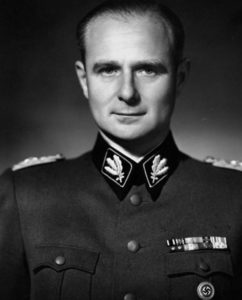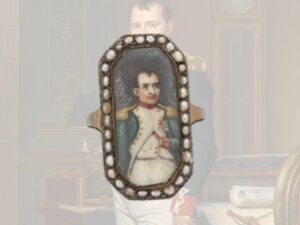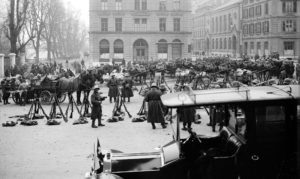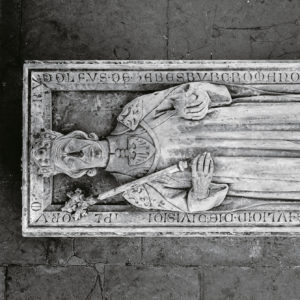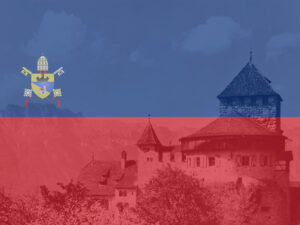
The plot to kidnap the Pope and take him to Liechtenstein
Liechtenstein featured in two 20th century conflicts involving the Vatican. The first was when there was a plan to give the Pope dominion over the Principality. The second was when there was a plot to kidnap the Pope and take him to Liechtenstein.
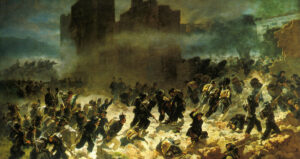
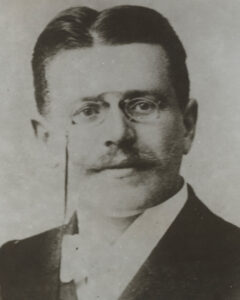

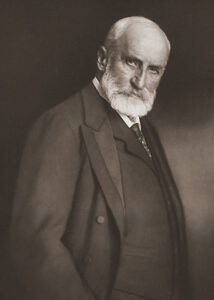
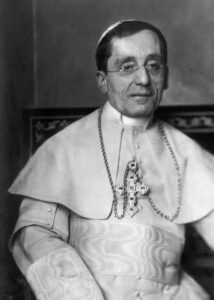
Hitler wanted to kidnap the Pope
